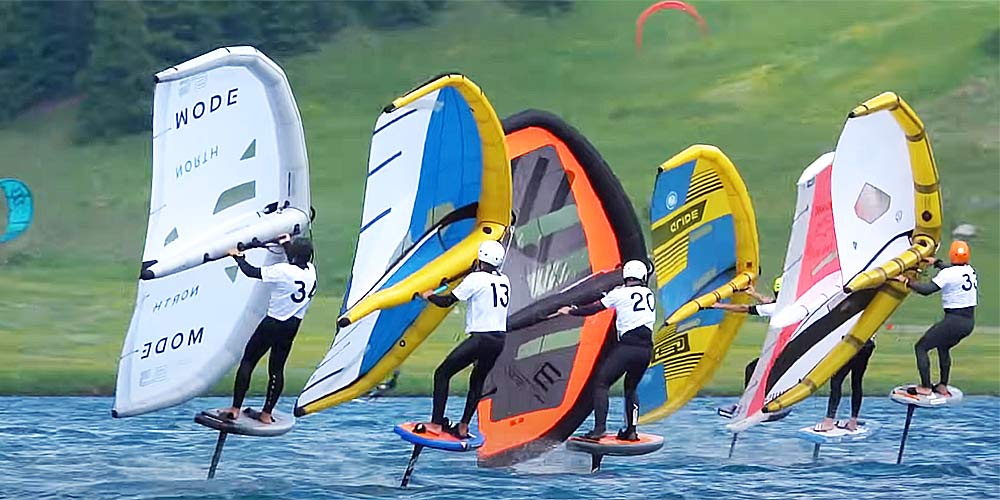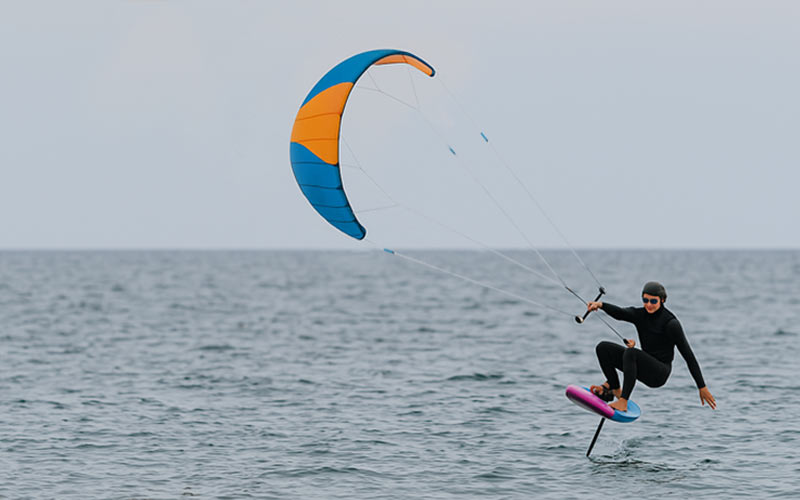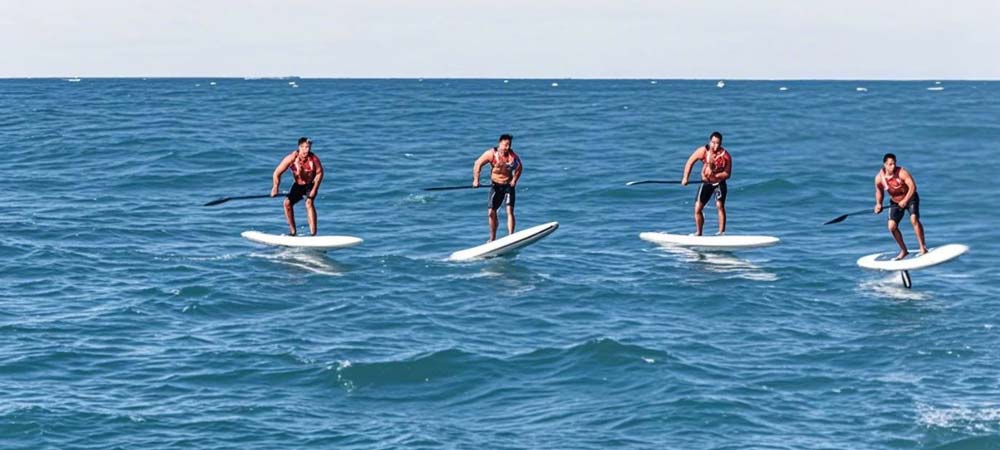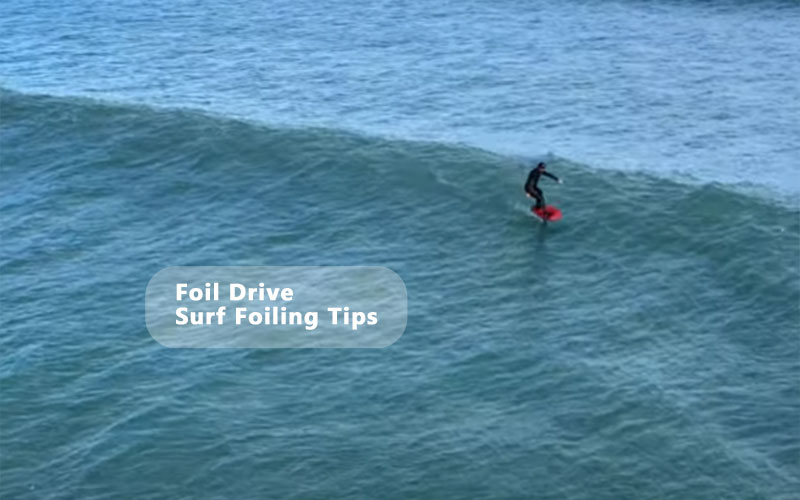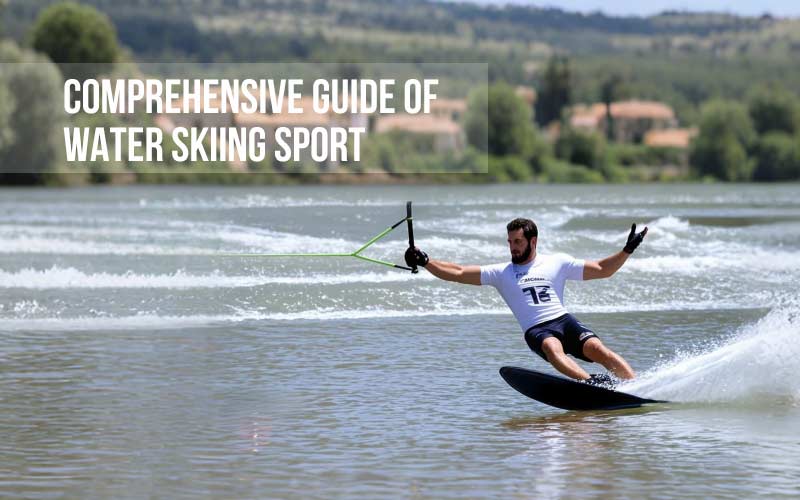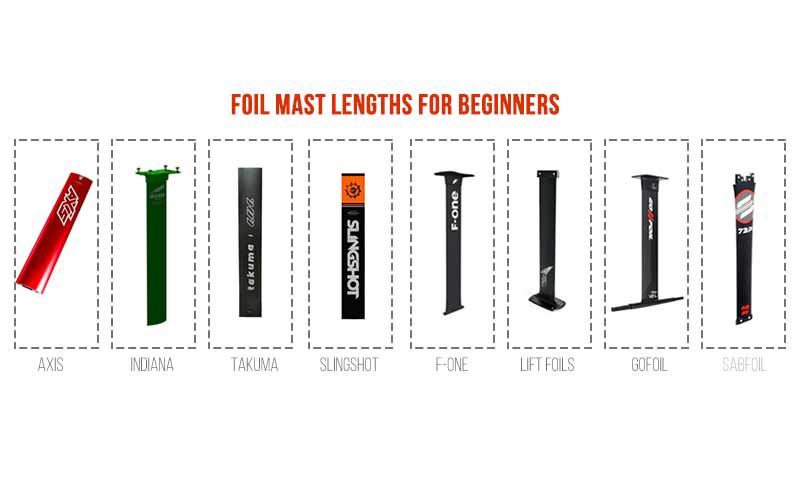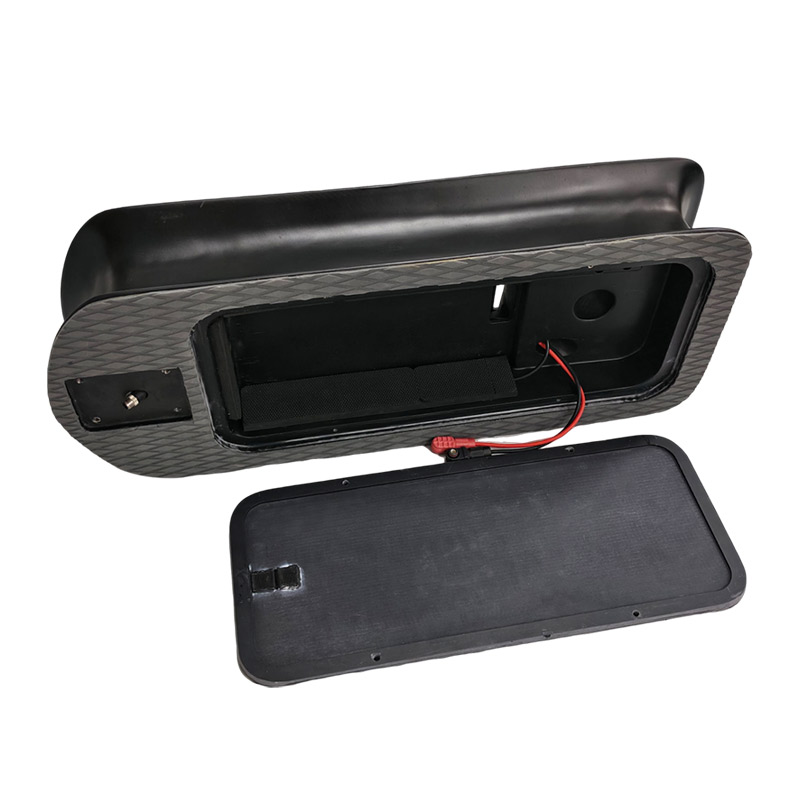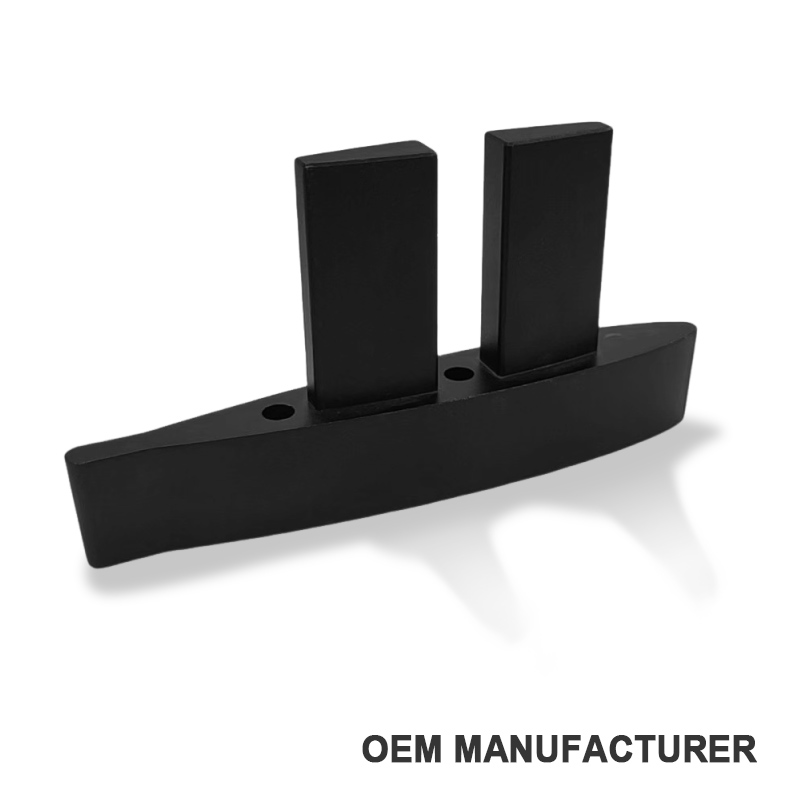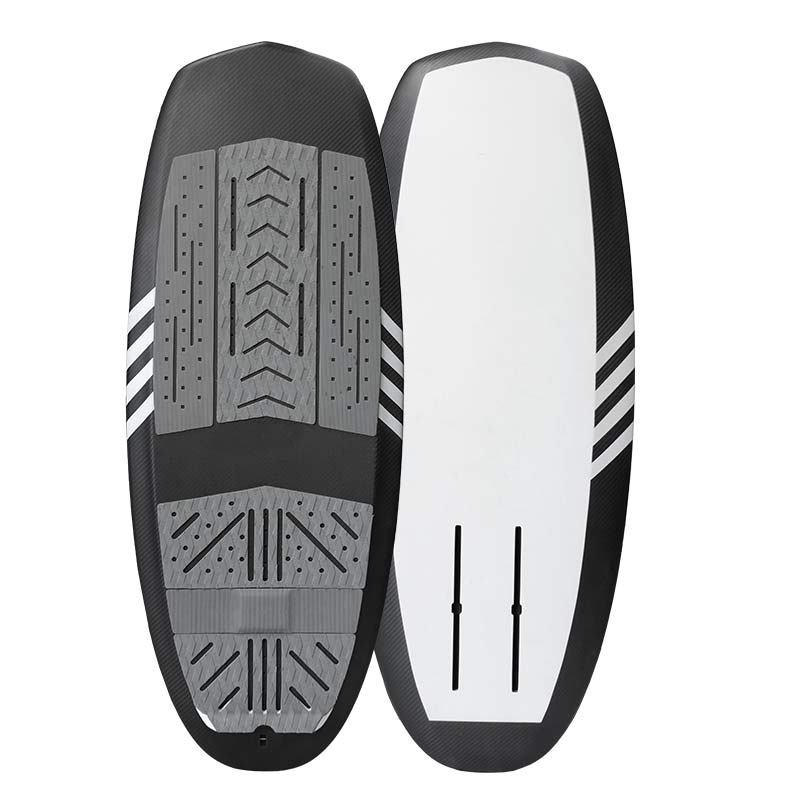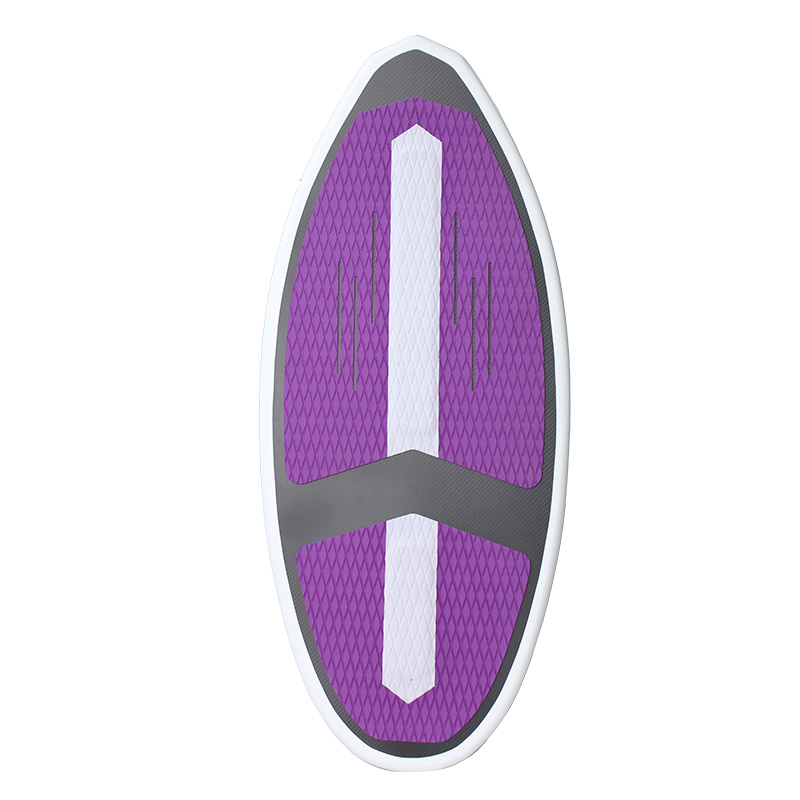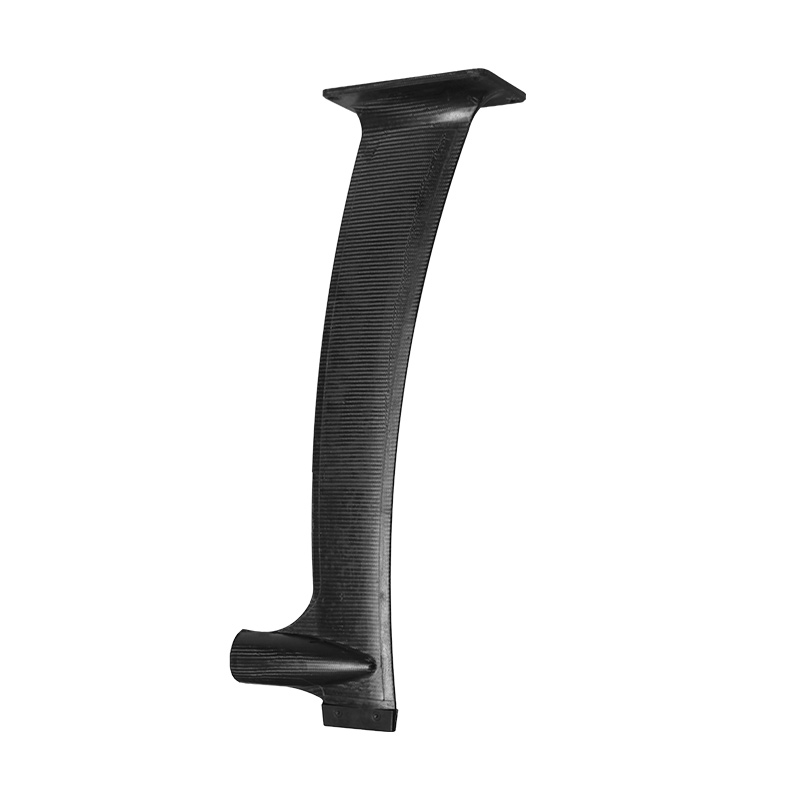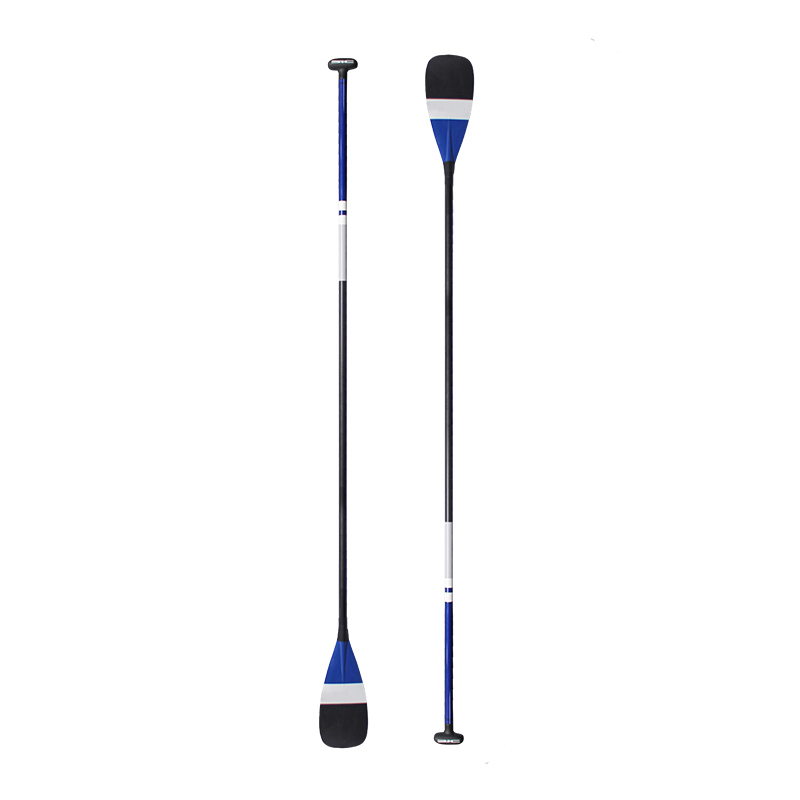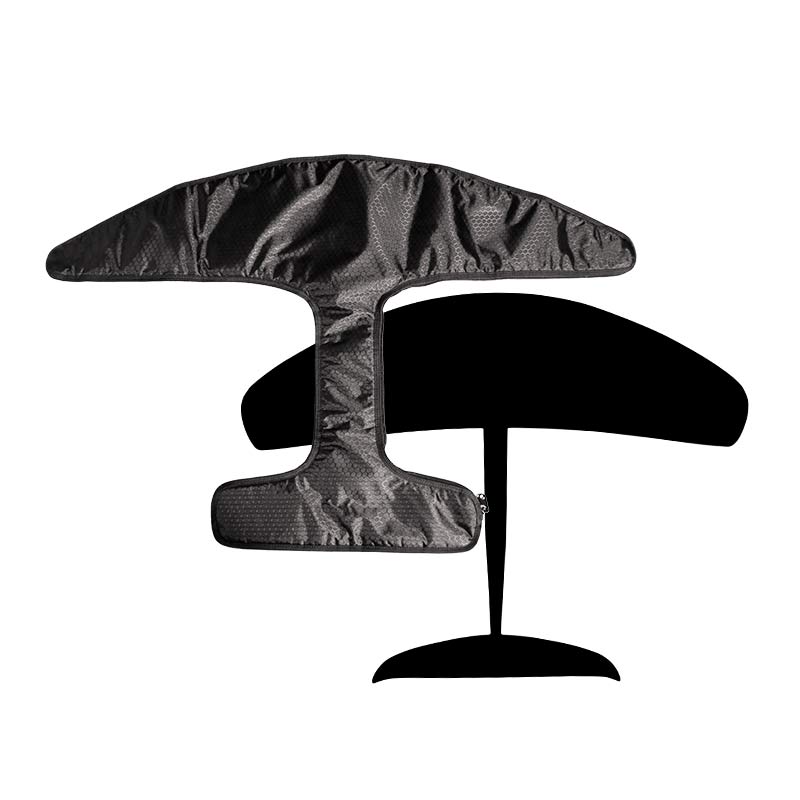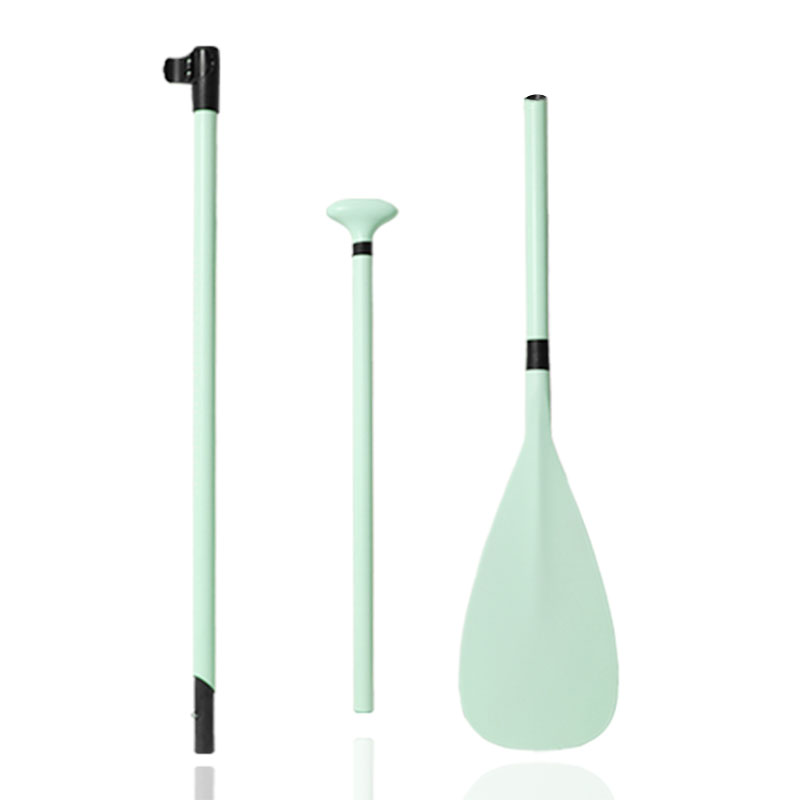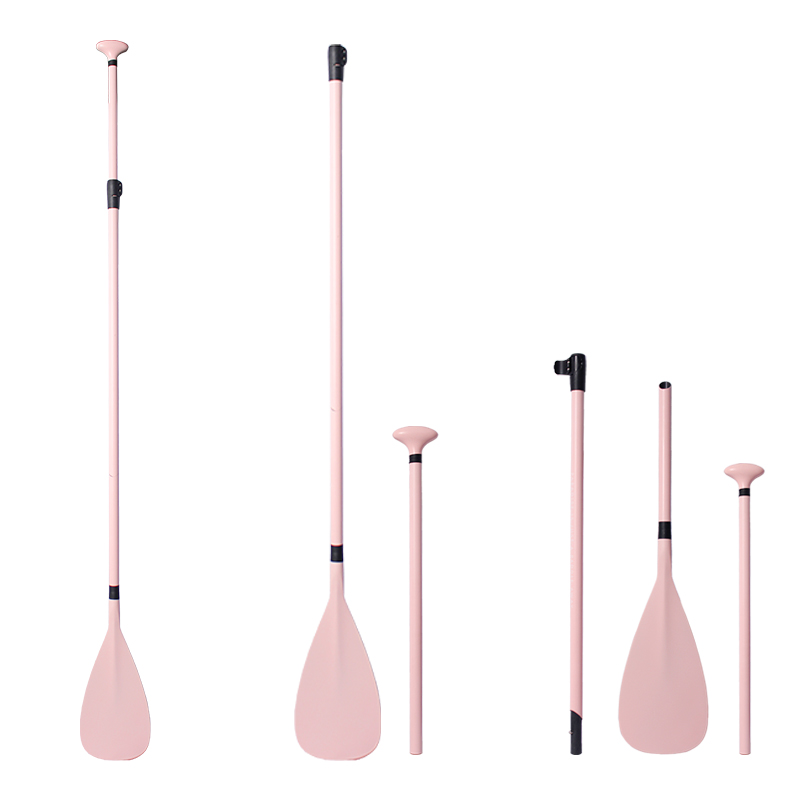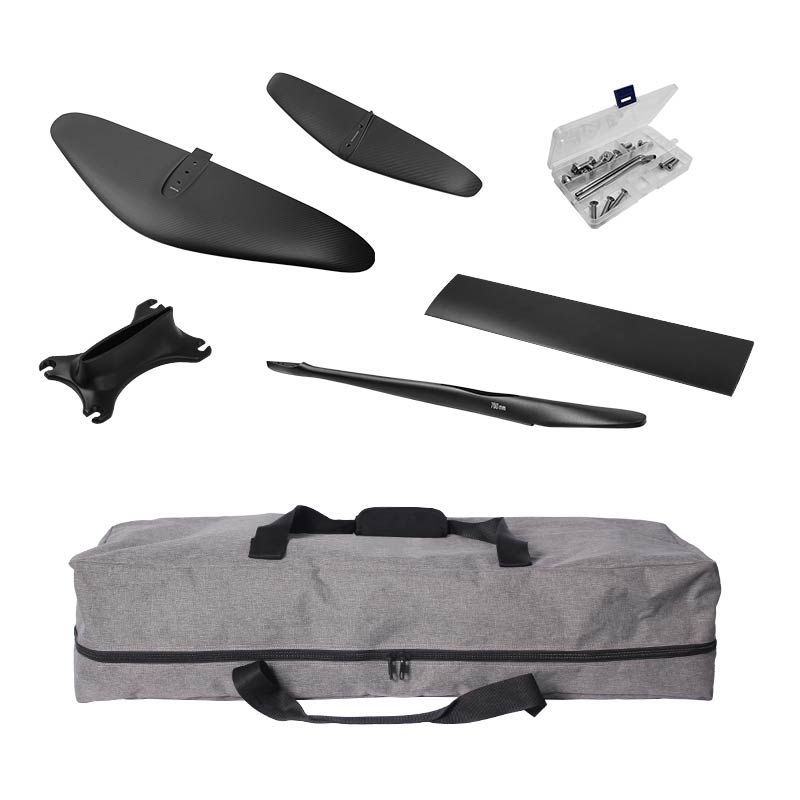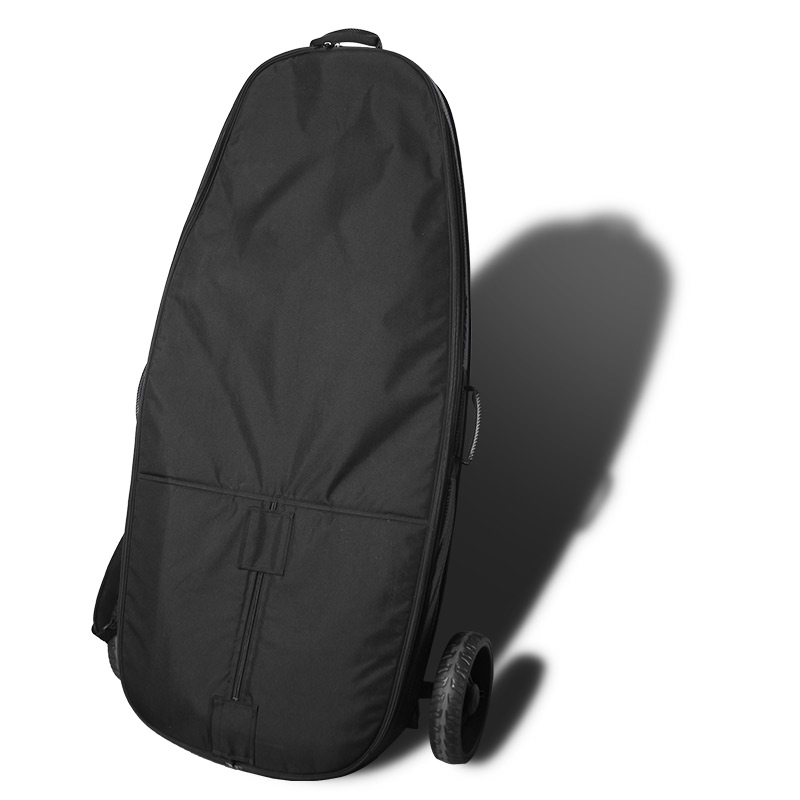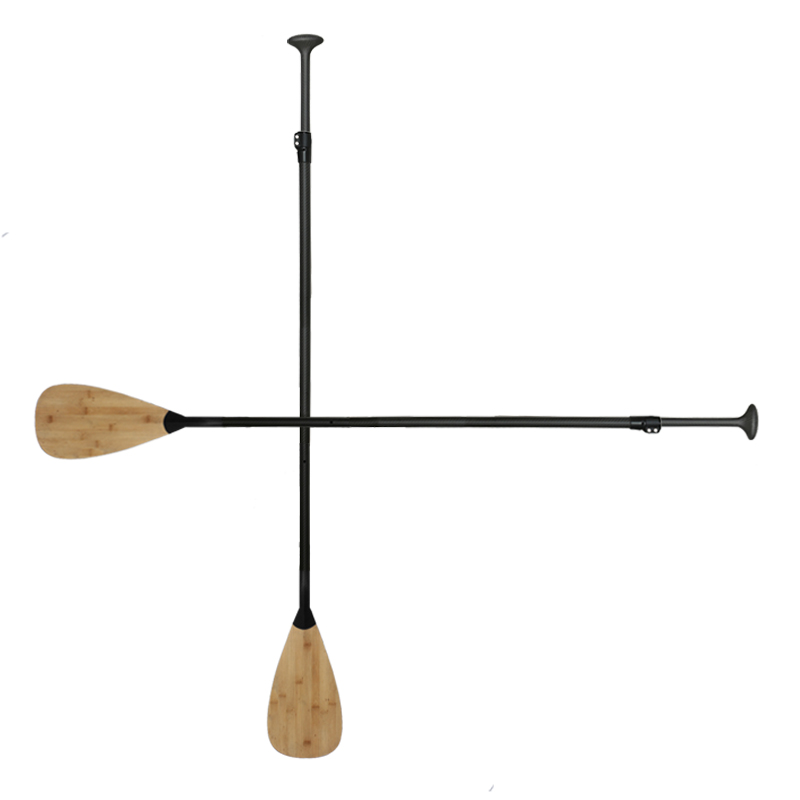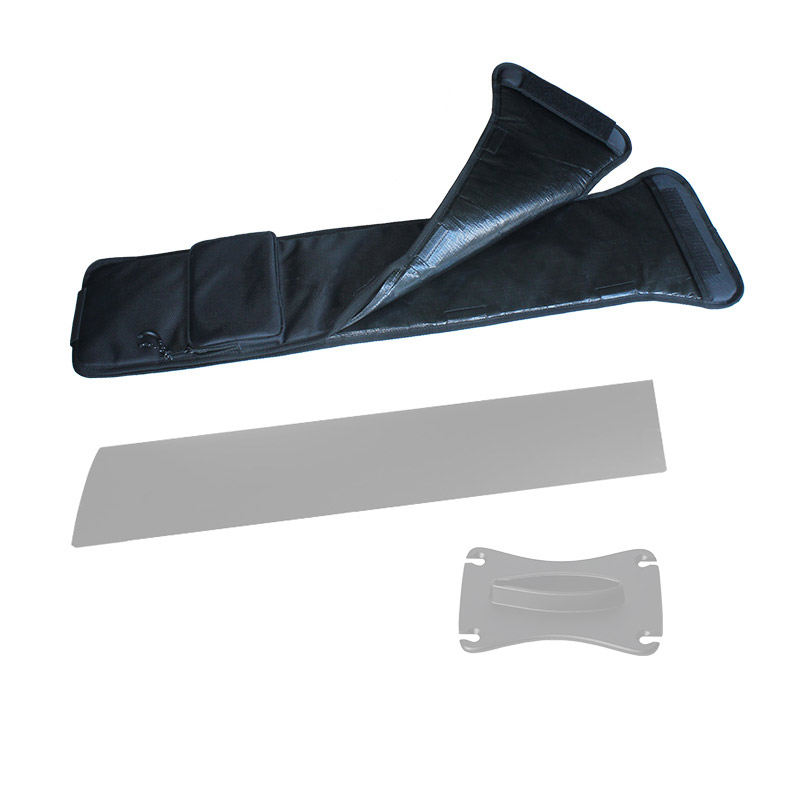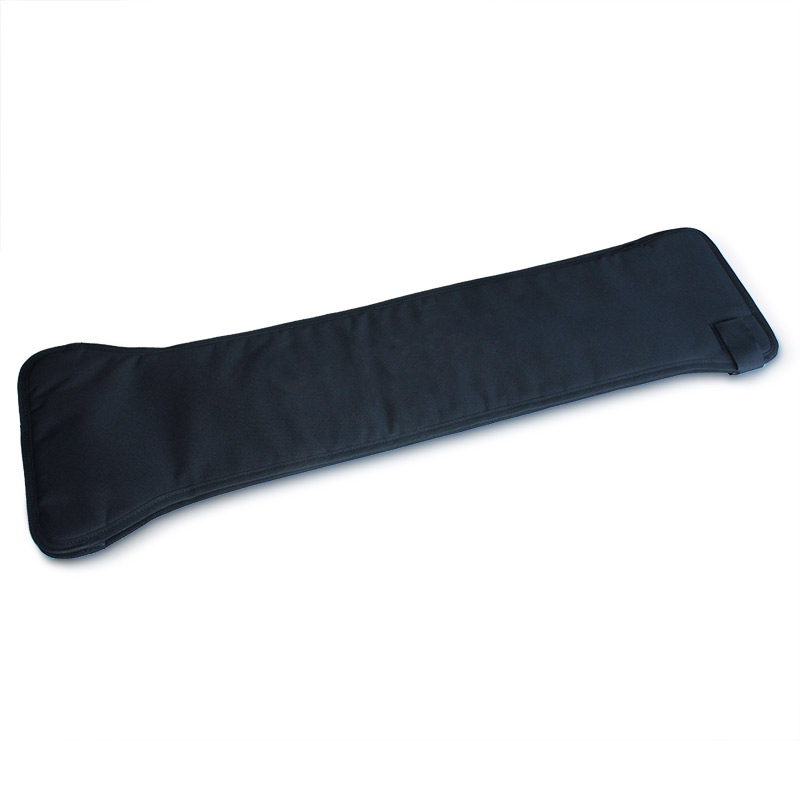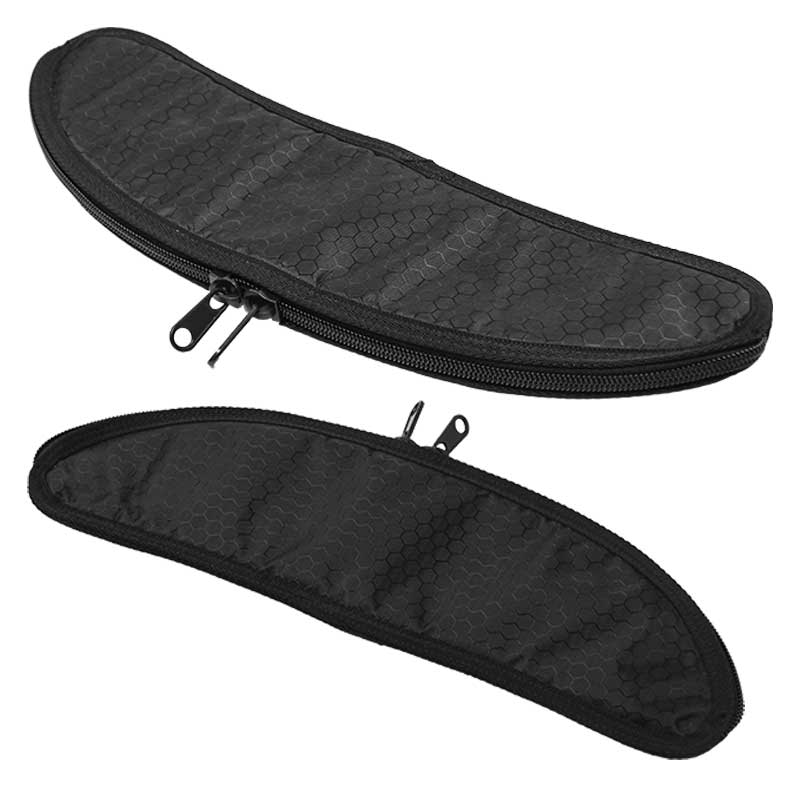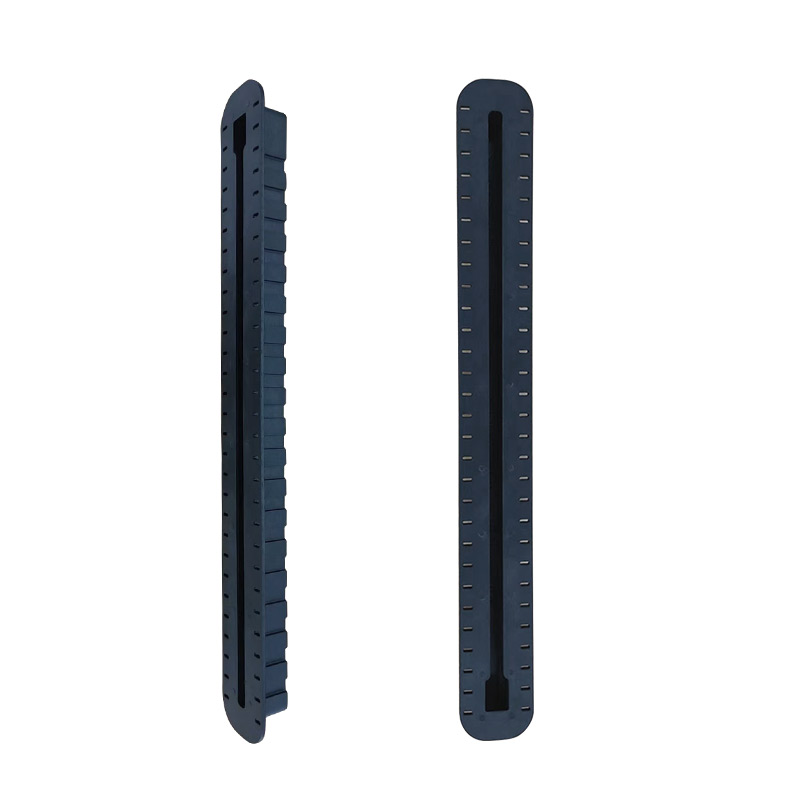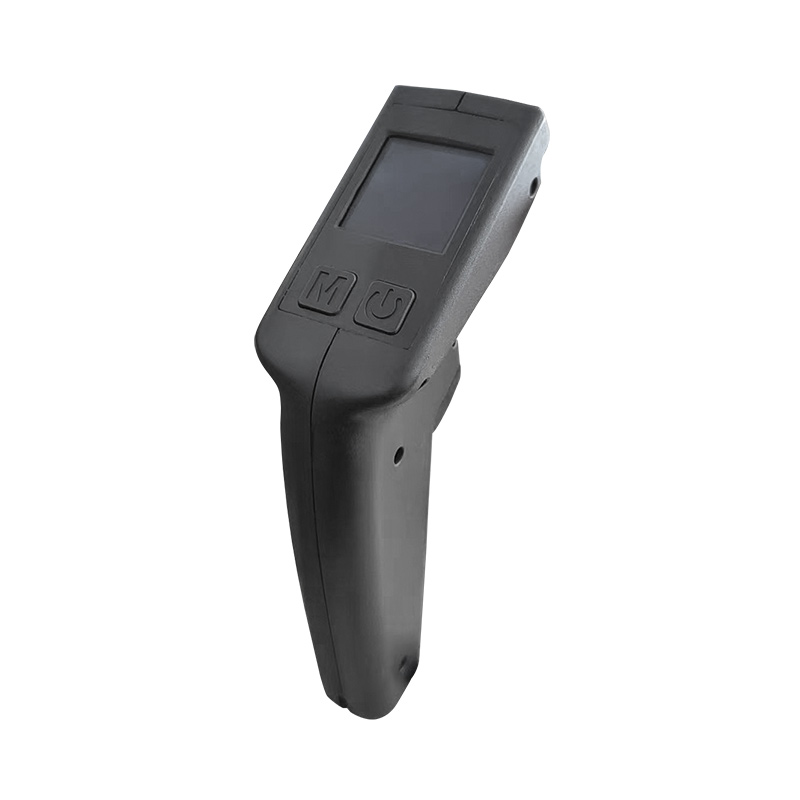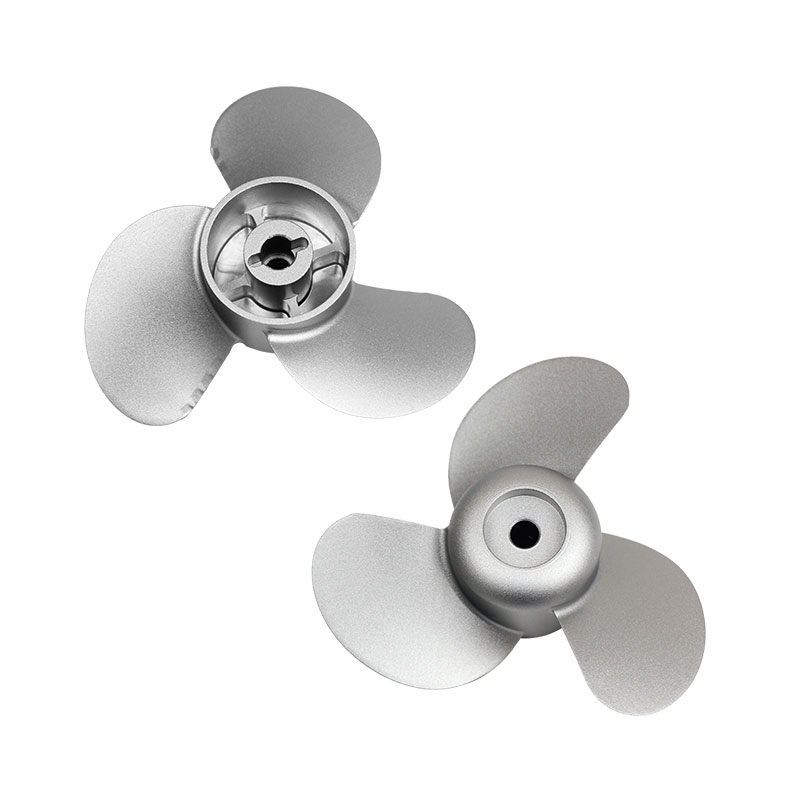Kite foiling is a type of hydrofoiling water sport, which is a thrilling and relatively new water sport that combines kiteboarding with hydrofoil technology. It involves riding a specialized kiteboard equipped with a hydrofoil underneath, allowing the rider to lift the board above the water’s surface and glide smoothly.
Meanwhile, the hydrofoiling sport not only includes kiteboarding but also hydrofoil boats, hydrofoil surfboards, wake foiling, Windsurf Foiling, Stand-Up Paddleboard (SUP) Foiling, Hydrofoil Sailplanes, Hydrofoil Ferries, and Hydrofoil Water Bikes. If you are interested the application of foil surfing, welcome to visit hydro foil page.
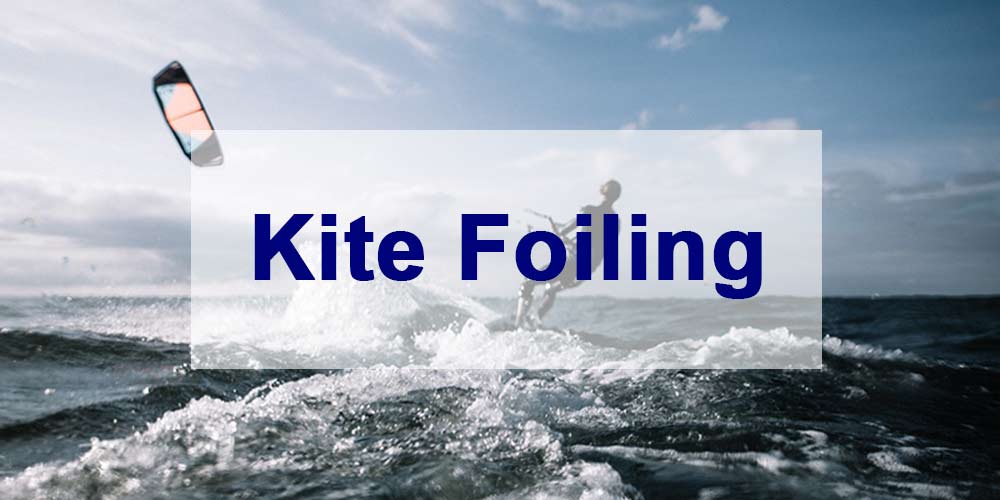
What is Kitefoiling?
Today, this article will give you more information about kitefoiling. Here’s a more detailed overview of it.
What Kite Foiling Equipment Need?
Kite: Kite foiling typically uses a kite similar to those used in traditional kiteboarding. These kites are inflatable and come in various sizes to suit different wind conditions.
Kiteboard: The kiteboard for foiling is different from a standard kiteboard. It has a special mounting system for attaching the hydrofoil and is designed to provide stability and control while riding above the water.
Hydrofoil: The hydrofoil is the key component of kite foiling. It consists of a mast and wings that extend beneath the water. As the kite generates lift and pulls the rider forward, the hydrofoil lifts the board out of the water, reducing drag and creating a smooth, gliding sensation.
How Kite Foiling Works?
Launching: Kite foilers start by inflating and launching their kite from the beach or a boat. They use a control bar to manipulate the kite’s power and direction.
Riding: Once the kite is in the air and generating lift, the rider stands on the kiteboard, holding onto the control bar. As the kite generates pull, the rider gains speed and the hydrofoil begins to lift the board out of the water.
Balancing: Kite foiling requires good balance and control, as the board is elevated above the water. Riders shift their weight to maintain balance and control the direction of the board.
Maneuvering: Riders can perform various maneuvers, such as carving turns and jumps, while kite foiling. The hydrofoil’s design allows for precise control and responsiveness.
Landing: To land or return to the water’s surface, the rider can reduce the kite’s power, causing the board to gradually descend. Proper technique is essential to avoid crashing.
Benefits of Kite Foiling
Efficiency: Kite foiling is highly efficient, allowing riders to achieve high speeds even in light wind conditions.
Smooth Ride: The absence of water resistance results in a smooth and almost silent ride, providing a unique sensation.
Versatility: Kite foiling can be done in a wide range of water conditions, making it adaptable to various locations and weather patterns.
Challenges: Kite foiling offers a new set of challenges compared to traditional kiteboarding, making it appealing to experienced kiteboarders looking for a fresh experience.
Kite Foiling for Beginner and Advancer
Kite Hydrofoiling For Beginners:
Take Lessons: If you’re new to kite foiling, taking lessons from a certified instructor is crucial. They will teach you the basics, safety procedures, and help you develop the necessary skills to get started safely.
Master Kite Control: Before you even attempt foiling, become proficient in kite control. Spend time flying your kite on the beach or in shallow water to build confidence and control over the kite.
Start with a Large Kite: Beginners should start with a larger kite, as it provides more stability and is easier to handle in light wind conditions. As you gain experience, you can transition to smaller kites for more speed.
Choose the Right Board: Use a beginner-friendly kite foilboard with ample volume and stability. These boards are often wider and more forgiving, making it easier to learn balance and control.
Practice Water Starts: Learning how to water start is a fundamental skill for kite foiling. Practice getting up on the board while keeping the foil submerged beneath the surface until you become comfortable with the motion.
Learn to Balance: Balancing on the foil can be challenging. Keep your weight centered over the board and adjust your stance as needed to maintain balance. Practice is essential.
Stay in Light Wind: Initially, practice kite foiling in light wind conditions, ideally between 8 to 15 knots. Lighter winds are more forgiving and allow you to focus on your technique without excessive power from the kite.
Safety First: Always wear appropriate safety gear, including a harness, helmet, and a life jacket or personal flotation device (PFD). Be aware of your surroundings and potential hazards in the water.
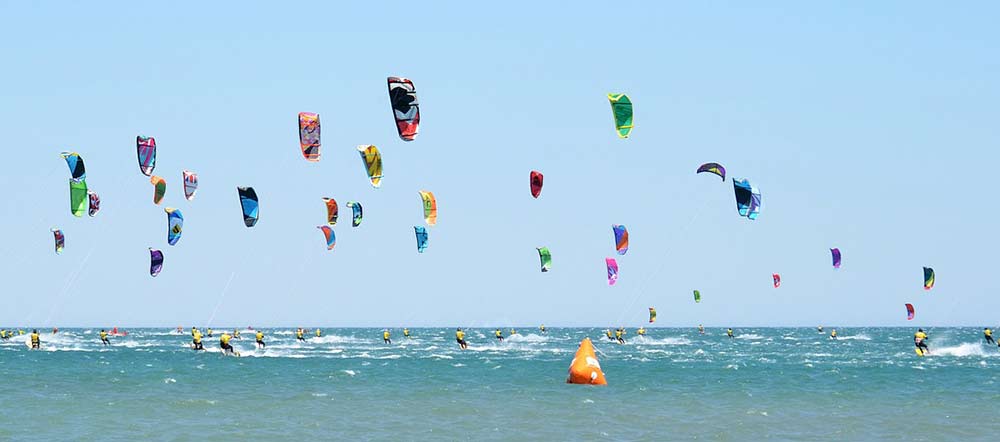
For Advanced Kite Foilers:
Upgrade Your Gear: As you gain experience, you may want to upgrade your gear to more specialized and high-performance equipment. Smaller, more advanced foils and boards can provide higher speeds and greater maneuverability.
Practice Maneuvers: Once you’re comfortable with the basics, start practicing advanced maneuvers such as jibes, tacks, and jumps. These tricks require precise control and balance.
Experiment with Different Foils: Advanced foilers may want to experiment with different foil setups to fine-tune their riding experience. Different wing shapes, mast lengths, and fuselage designs can impact performance.
Ride in Varied Conditions: Advanced riders should challenge themselves by riding in a variety of wind and water conditions. This includes strong winds, choppy water, and waves. Adapting to different conditions will enhance your skills.
Safety Remains Important: Even as an advanced rider, safety should always be a priority. Continue to follow safety guidelines and be aware of changing conditions on the water.
Consider Racing: Kite foiling has a competitive side with foil racing events. If you’re looking for an extra challenge, consider participating in local or regional kite foil races.
Kite Foiling VS Wing Foiling
Kite foiling and wing foiling are two distinct water sports that involve gliding over the water’s surface using different types of equipment and techniques. Here’s a comparison of kite foiling and wing foiling:
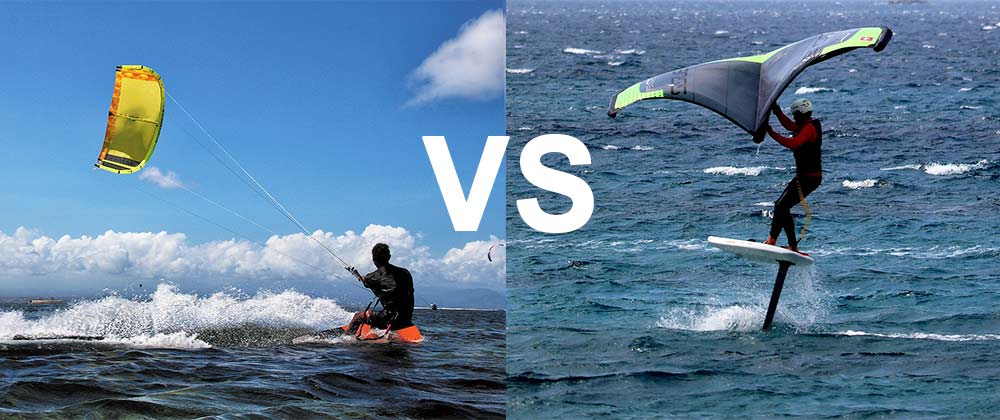
Kite Foiling:
Equipment: Kite foiling involves using a specialized kite, kiteboard with a hydrofoil attachment, and a control bar connected to the kite lines.
Power Source: The kite generates the power needed for propulsion. Riders control the kite’s position and power to control their speed and direction.
Skills Required: Kite foiling requires proficiency in flying a kite and balancing on a foilboard. It’s essential to have good kite control skills, as the kite is the primary power source.
Riding Style: Kite foiling offers a more dynamic riding experience, with the kite providing lift and speed. Riders can perform jumps, tricks, and high-speed maneuvers.
Wind Range: Kite foiling can be done in a wide range of wind conditions, from light winds to strong winds, making it adaptable to various locations and wind patterns.
Learning Curve: Kite foiling can be challenging for beginners due to the need for kite control skills and balancing on the hydrofoil. Lessons from a certified instructor are highly recommended.
Wing Foiling:
Equipment: Wing foiling uses a handheld wing (similar to a small windsurf sail or kite) and a foilboard. The rider holds the wing’s handles and stands on the board.
Power Source: The rider uses the wing to capture wind and generate power for propulsion. By tilting and maneuvering the wing, they control their speed and direction.
Skills Required: Wing foiling requires proficiency in handling the wing and balancing on the foilboard. It’s less dependent on kite-flying skills, making it more accessible to some newcomers.
Riding Style: Wing foiling is known for its graceful and smooth riding style. It offers a serene, almost silent experience as the rider glides above the water.
Wind Range: Wing foiling is typically done in moderate to strong winds. It requires enough wind to generate lift with the wing and propel the foilboard.
Learning Curve: While wing foiling may be more accessible to beginners in terms of kite control, it still has a learning curve, especially in terms of handling the wing and balance on the foilboard. Lessons from an instructor are advisable.
Summary:
In summary, kite foiling and wing foiling are both exciting water sports that offer unique experiences. Kite foiling relies on a kite for power and is known for its dynamic and acrobatic riding style, whereas wing foiling uses a handheld wing and is known for its serene and graceful gliding. The choice between the two depends on personal preferences, local wind conditions, and individual skill levels. Beginners may find wing foiling to be more approachable, while those with kiteboarding experience might gravitate toward kite foiling. Both sports require proper training and safety precautions.
Unity Sports is a professional OEM manufacturer of the surfing industry; if you need any surfing products, please send us an inquiry without any hesitation. Thank you.

